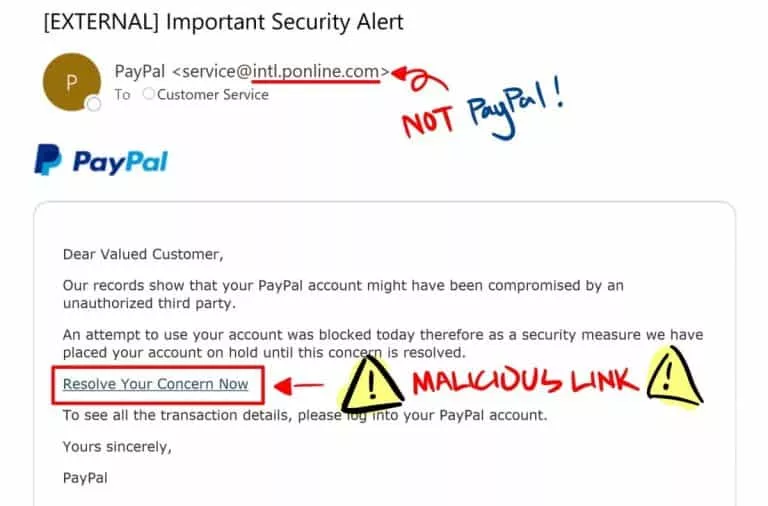Artificial Intelligence and Ransomware Threats
Today, the National Cyber Security Centre (NCSC), part of the Government Communications Headquarters (GCHQ), released a report highlighting the...

In a striking incident that caught the attention of IAC companies, the renowned Russia-linked ransom gang LockBit has launched an audacious attack on Japan’s bustling Port of Nagoya. Known as the country’s busiest cargo port and a critical gateway for automotive giant Toyota, the implications of this assault were significant. The targeted ransomware attack on the port’s computer systems caused a disruption that lasted over two days, shaking the core operations of Japan’s largest cargo hub.
Following an employee’s inability to initiate a computer system, the port encountered a system failure around 6:30 a.m. on Tuesday, July 4th. However, after diligent efforts, the issue was resolved around 7:30 a.m. on Thursday, July 6th. The Nagoya Harbor Transportation Association attributed this disruption to the ransom demand made by the LockBit gang, originating from Russia. Remarkably, despite the demands, port authorities showed resilience by refusing to negotiate or entertain the attackers’ wishes.
While container movements were partially reinstated on Thursday afternoon, courtesy of repair works carried out on the affected computer system, the initial plan to resume operations in the morning faced delays. This setback saw companies located in the Aichi region, particularly Toyota, experiencing obstacles in loading and unloading parts due to the system glitch. However, the loading and unloading of complete vehicles remained unaffected, thanks to their management through a separate computer system.
With the Aichi prefectural police actively investigating this cyberattack, the LockBit ransomware gang’s notorious reputation comes to the forefront. This gang has been operational since at least 2019 and is prominently known for deploying the malware of the same name. Garnering worldwide attention, the LockBit syndicate has earned a menacing reputation as one of the most prolific ransomware groups, reportedly victimizing over 1,800 entities. Their modus operandi revolves around the Ransomware-as-a-Service model, whereby affiliates executing the attacks receive a portion of the ransom profits, bolstering the gang’s illicit enterprise.
Need help with your cyber security plan?

Today, the National Cyber Security Centre (NCSC), part of the Government Communications Headquarters (GCHQ), released a report highlighting the...

1 min read
In July 2023, Nagoya, Japan's largest port, was hit by lockbit ransomware, halting operations and forcing Toyota to halt import-export packaging...

Phishing and Spoofing are two of the most prevalent types of cyber-attacks used by malicious actors against businesses and organizations today.